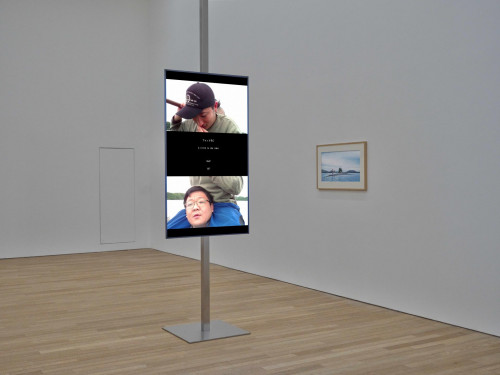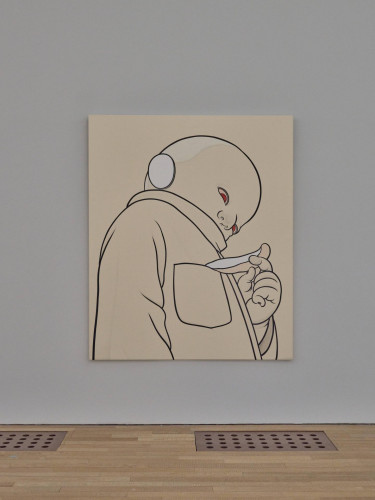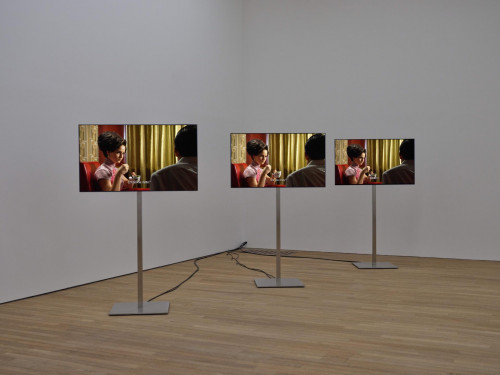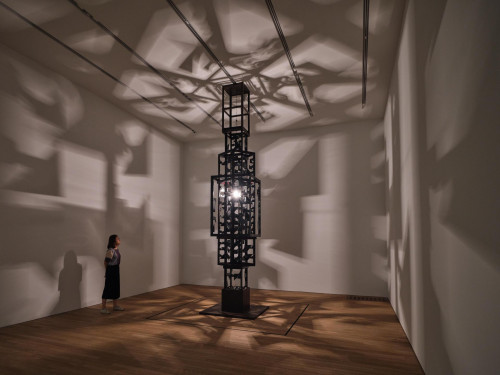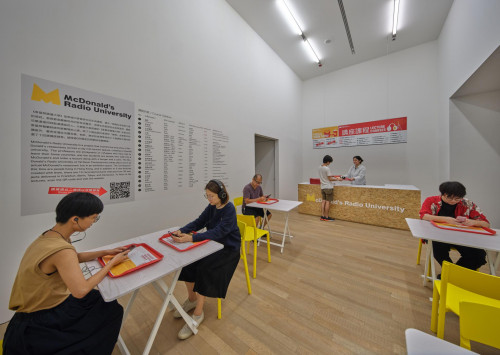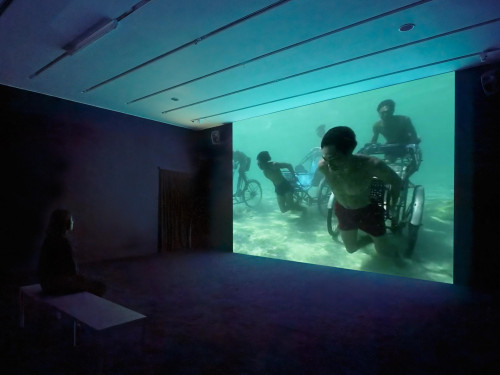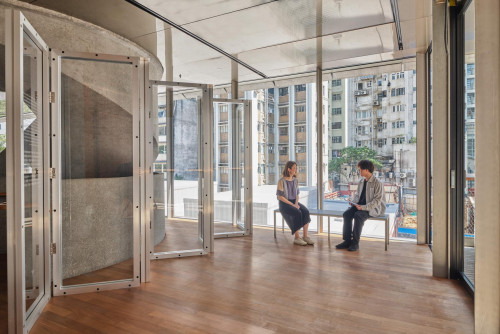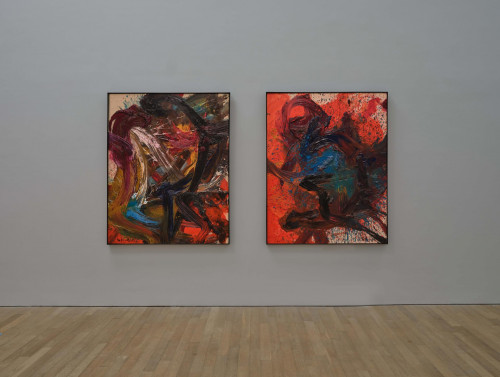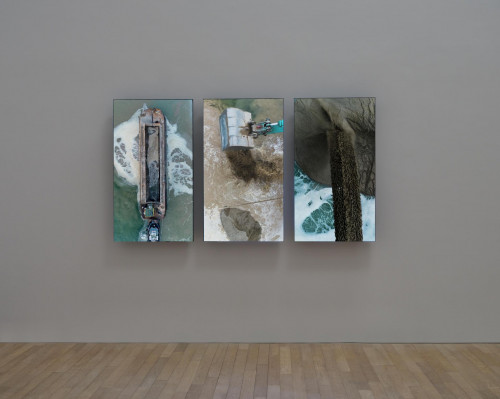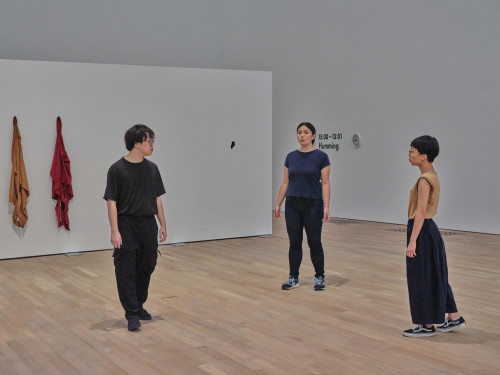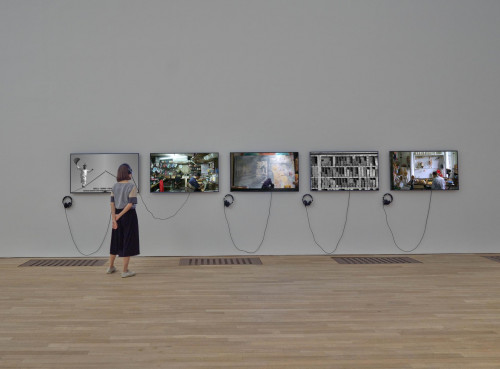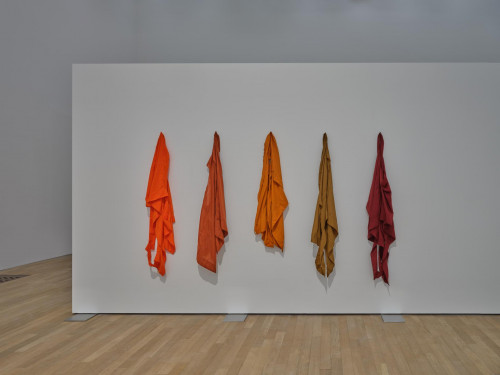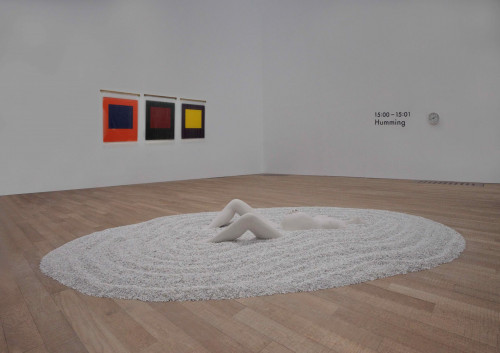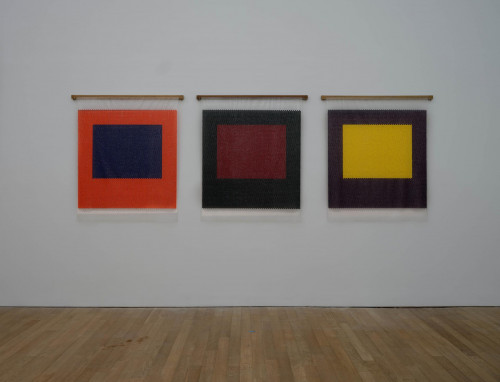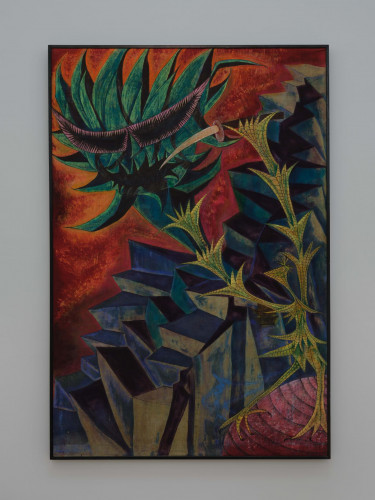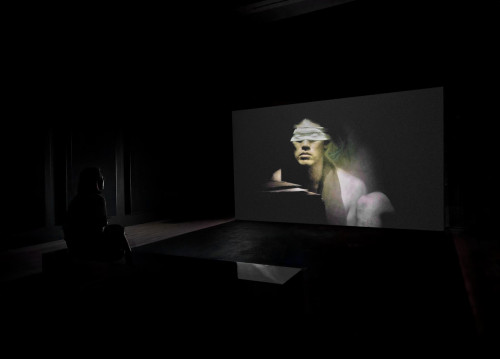Presented by
The National Museum of Art, Osaka and Singapore Art Museum
Artists: Saori Akutagawa (Madokoro), Jennifer Allora & Guillermo Calzadilla, Agnes Arellano, chi too, Heman Chong, Chua Chye Teck, Ho Tzu Nyen, Sojung Jun, Tsubasa Kato, Charles Lim, Kumi Machida, Jun Nguyen-Hatsushiba, Wit Pimkanchanapong, Kohei Sekigawa, Kazuo Shiraga, Akira Takayama, Than Sok, Ming Wong
Curators: Yuka Uematsu & June Yap
Two figures are seen performing a simple task together on a small island, while not comprehending a word uttered by the other. The setting for this artwork by Tsubasa Kato, from which the exhibition draws its title, is the Tsushima islands that lie halfway between the Korean peninsula and the Japanese archipelago. The success of the artist and his Korean collaborator in this act of cooperation appears to have been achieved, if not by virtue of their good humour and patience with each other, then by an understanding that exceeds the plane of language.
The exhibition They Do Not Understand Each Other brings into dialogue commissions and artworks from the collections of the National Museum of Art, Osaka (NMAO) and the Singapore Art Museum (SAM), which consider the negotiations and expectations of culture. After all, if the premise of culture is representation, then the promise of cultural exchange—as one might reasonably suppose—is understanding.
Through these artworks, a range of connections—and thus the possibilities of understanding—are manifest, in various forms as well as intensities. They speak to boundaries, borders, gaps, spaces, surfaces, interfaces, and divisions that exist because of—for lack of a better word—an unevenness in encounters between individuals, peoples, and things. Such unevenness is inevitable, and from this unevenness, curiosity in the unfamiliar and the new springs forth, as well as the impulse to discover. In fact, one might even say that cultural experience is couched upon this encounter and the disclosure that follows.
Here, the artists appear as mediators and actants, in “doing” things for their artists as much as for the rest of us, in acting to intercede, to reconcile, and to act as go-between. In forming continuities between us, they make us part of each other—delivering upon a promise of understanding in a continuous entwining of material, being, space, and time.
